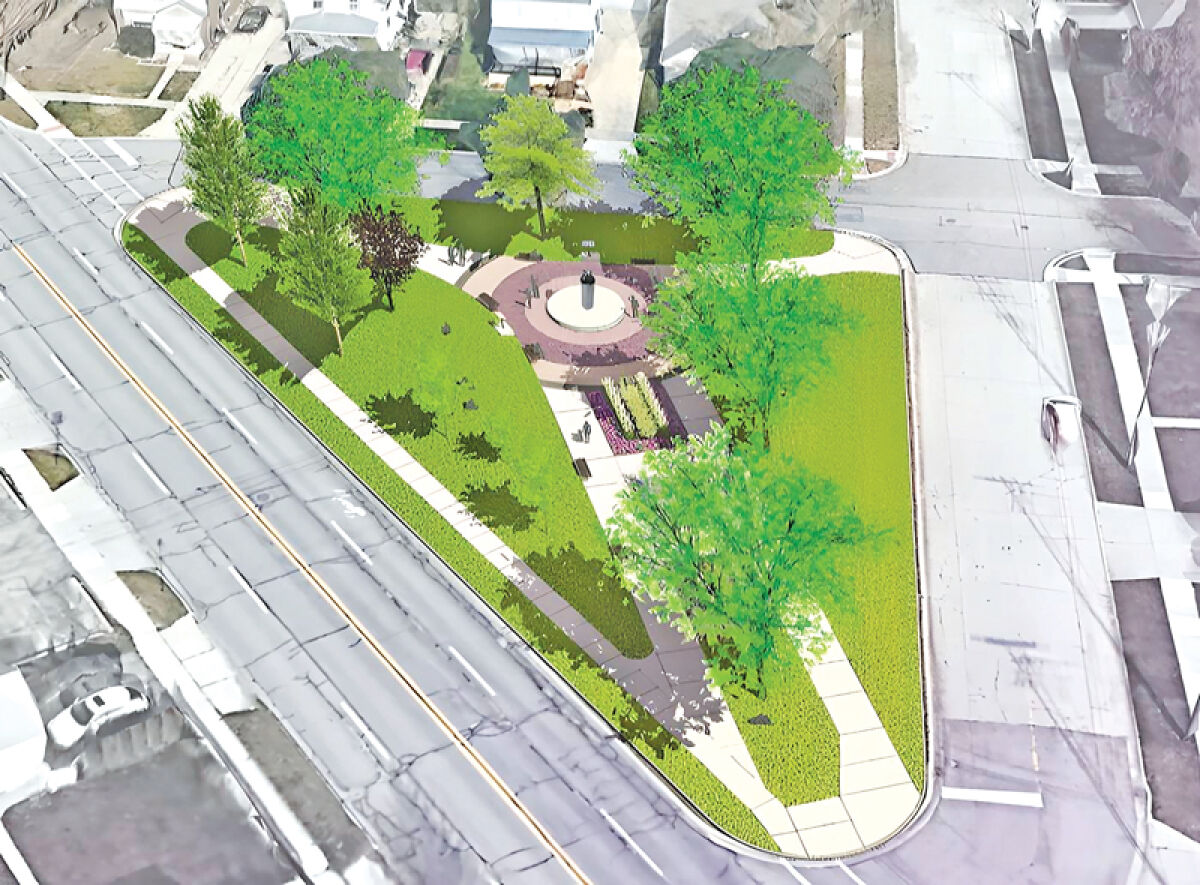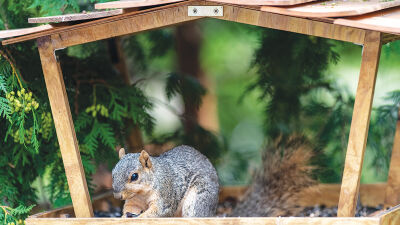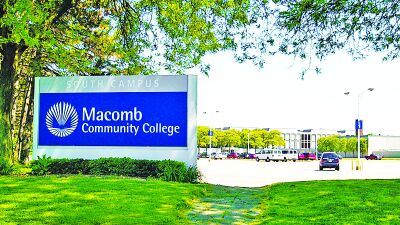ROYAL OAK — In the mid-1800s, Royal Oak became home to African American freedom seekers Henry Hamer and Elizabeth Hamer.
To help preserve and celebrate their memory, the city of Royal Oak has created Hamer Finch Wilkins Park. The park is planned to be a place for sanctuary, according to Hamer descendant Lakeesha Morrison, and will showcase a statue of Elizabeth Hamer in the middle of the park.
The statue will be unveiled at 2 p.m. Sept. 23 at Hamer Finch Wilkins Park at 1800 Beechwood Drive.
The Hamers were born into chattel slavery, Henry Hamer in 1816 and Elizabeth Hamer in 1824, and had been bought and sold until they became the property of Henry Bruce Jr., of Covington, Kentucky.
On the night of Aug. 27, 1856, the Hamers slipped away in the night to the Underground Railroad. Elizabeth Hamer was pregnant at the time.
They lived for a few years in Ontario, and by June 1860, the Hamer family had moved to Royal Oak Township where they settled and became the first Black pioneers of Royal Oak. The Hamers had six children. Henry Hamer died in 1899 and Elizabeth Hamer died in 1913. One of their children, Elmira Hamer, married Matthew Finch in 1885. One of Elmira and Matthew Finch’s children, Bessie Finch, married Harold A. Wilkins in 1921.
Morrison said that for the past four years, she and her father, Keith Wilkins, worked to figure out a way to memorialize the perseverance of their ancestors.
Wilkins passed away in late 2020, but Morrison said she continued to work toward their shared goal. That goal led to the creation of Hamer Finch Wilkins Park in 2022.
“There were talks of how we can acknowledge and show appreciation to my ancestors who had contributed a lot to our community,” Morrison said. “We wanted to bring light to their journey and their story, their accomplishments.”
Hamer Finch Wilkins Park has a triangular shape, each side representing one of the three family names. It includes a peaceful and reflective garden. There are walkways, benches, landscaping and education components that tell the story of the city’s early Black pioneers.
“I think it preserves the generations of names (Hamer, Finch and Wilkins), but also preserves the memory of each generation,” she said. “I think it’s going to be a big community gathering place to remember a pioneering family.”
The park is located only a mile away from where the family originally lived.
“The location preserves their memory, because a mile down the road is where the homestead is, which is still within the family,” Morrison said. “As we speak, we are the longest landowners in Royal Oak. So that preserves a sense of belonging because a mile down the road is the homestead and the park is a reflection of it.”
In the center of the park will be a statue of Elizabeth Hamer, created by Detroit sculptor Austen Brantley. This will serve as the focal point encapsulating the meaning behind the creation of the park.
Brantley was recruited by the city to create this sculpture because of his reputation for creating historical sculptures to go in parks across Detroit.
“Elizabeth Hamer, she was an escaped slave, and what I really liked about the sculpture is that Lakeesha and the city of Royal Oak, they let me still have my own say on the sculpture,” he said. “I was able to have creative freedom and artistic license.”
Brantley said that he studied the history of Elizabeth Hamer at the Royal Oak Historical Society and Museum, where he was provided with documents about the Hamer legacy. He also pulled inspiration from African American culture. From there he was able to decide on how he wanted to portray her in sculpture.
“This sculpture shows her as a queen mother, and that’s something that’s a title that you get in Africa, as someone very important in your tribe,” he said. “I wanted to convey that she still had African roots, and it was something kind of contemporary in the way I decorated her with shells and different African dormants.”
Morrison said she has seen the sculpture grow since it was clay and that she is very pleased with how it turned out.
“I absolutely love it. I feel like when I saw it for the first time, it gave me a sense of calmness. I could even see myself in the sculpture,” she said. “This piece, it honestly looks like my father in a way, so it reminded me of my ancestors.”
She said it instilled a sense of pride in her for hardworking Black women and the African American community as a whole.
Morrison hopes that the park can provide a sense of peace and teach all who come through about Royal Oak’s original Black pioneers.
“I hope it provides fellowship information on one of the first Black pioneering families that achieved the ultimate goal in life, which is freedom,” she said. “They were able to establish a living for generations to come after them. So, I hope it provides the community a sense of fellowship.”
 Publication select ▼
Publication select ▼























